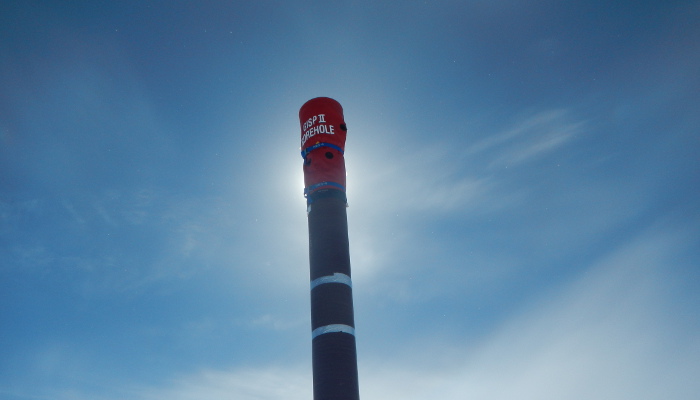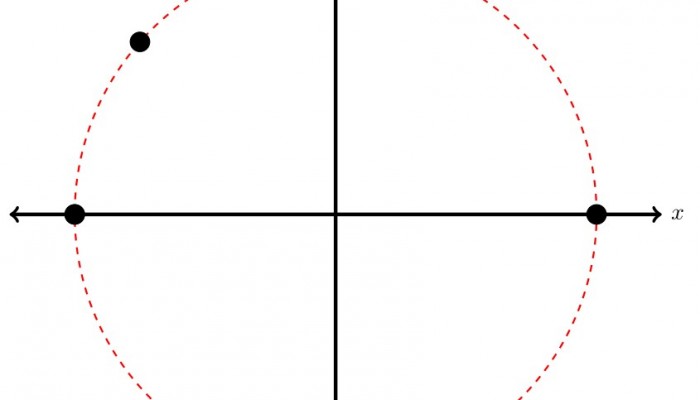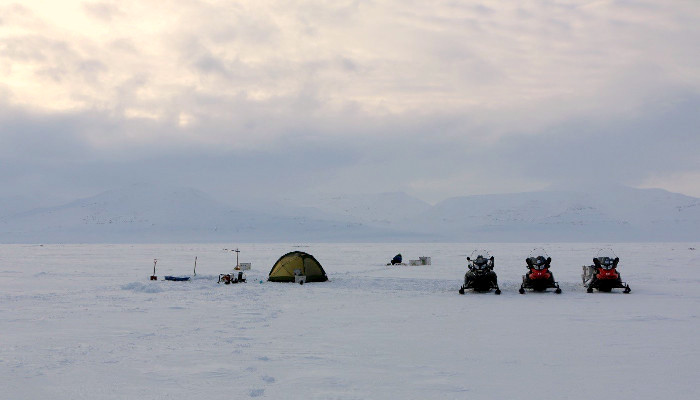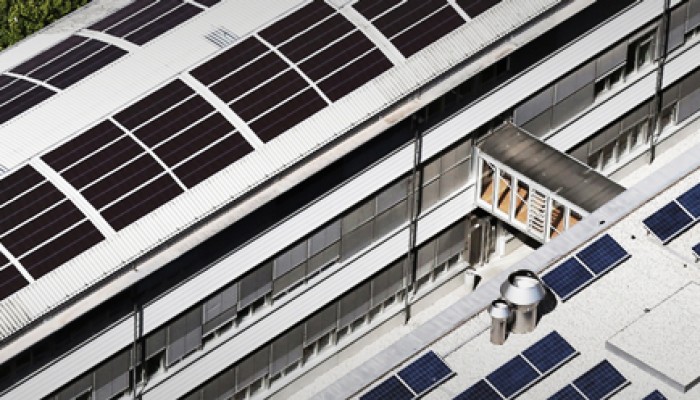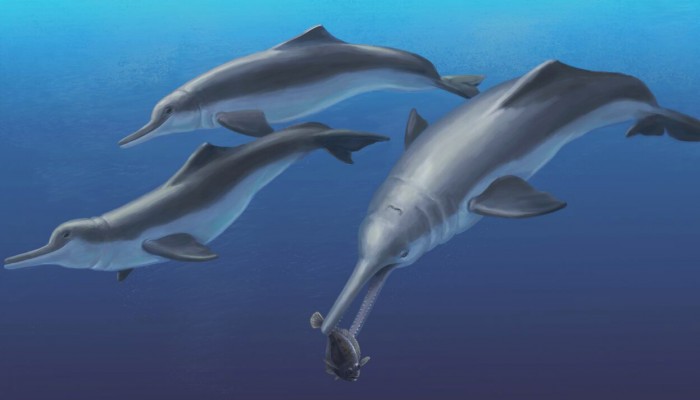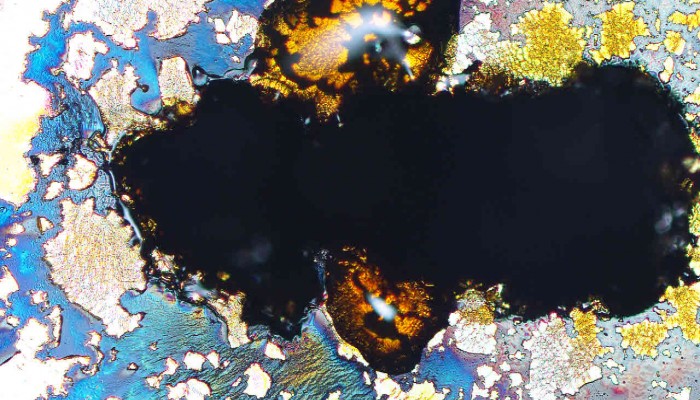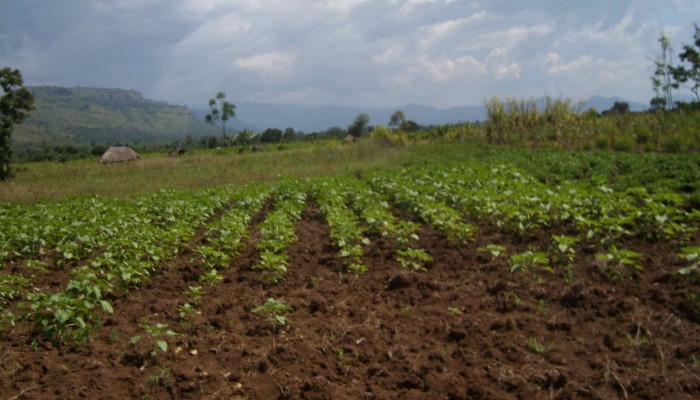Climate records from ice cores have helped scientists understand the past changes in climate.The GISP II (Greenland Ice Sheet Project Two) ice core was more than 3km long and was drilled during a five year period in the 1990s. After the drilling ended the casing of the borehole was extended above the surface, so that the borehole can still be accessed for remeasurements of, for example, temperatur ...[Read More]
GeoSphere
Guest Post: Jeremy Bennett – Approaches to modelling heterogeneity in sedimentary deposits
Hello everyone. Great that you could make it out to my blog post. I would like to introduce you to some ideas about environmental modelling that I have recently discovered during my work. These ideas are from this paper by Christine Koltermann and Steven Gorelick back in 1996. Whilst the primary focus of their paper is on modelling hydrogeological properties such as hydraulic conductivity, I think ...[Read More]
Seismology
Looking for a new position in seismology?
Did you know that EGU has a dedicated page for jobs. The EGU offers a platform for job seekers to find vacancies in the Earth, planetary and space sciences. Available research positions are displayed online. Checkout the seismology jobs currently advertised on the EGU page: https://www.egu.eu/jobs/search/?category=18 Employers can post a vacancy, free of charge, by filling the Job Submission Form.
Geology for Global Development
GfGD Annual Conference 2015 – Speaker Introductions (Session 2)
Our 3rd Annual Conference, with the theme Fighting Global Poverty – Geology and the Sustainable Development Goals (SDGs) takes place on Friday 30th October, hosted by the Geological Society of London. Here we introduce the speakers taking part in Session 2, a panel discussion on ‘Geology and the SDGs’… Dr Katherine Royse (Science Director – Environmental Modelling, Br ...[Read More]
Cryospheric Sciences
Camping on the Svalbard coast
In early April 2015, a small team of 2 Belgian and 2 French researchers went to Svalbard. The goal? Testing new methods to measure sea-ice thickness and ice algal biomass, but also measuring greenhouse gases in the sea ice in relation with the ‘STeP’ (Storfjorden Polynya multidisciplinary study) campaign. With funding from the French Polar Institute (IPEV) and IPSL and logistical arrangements by t ...[Read More]
Atmospheric Sciences
Why should we care about a building’s energy consumption?
From the 9th to the 11th of September the Solar Energy and Buildings Physics laboratory is hosting the CISBAT conference. This international meeting is seen as a leading platform for interdisciplinary dialog in the field of sustainability in the built environment. More than 250 scientists and people from the industry will be at EPFL in Lausanne to talk about topics from solar nanotechnologies to t ...[Read More]
Green Tea and Velociraptors
New species of ‘river dolphin’ reveals their ancient marine origins
A new species of extinct dolphin closely related to modern Amazonian ‘river dolphins’, but which dwelled in ancient oceans, is helping to solve the mystery of how and when dolphins adapted for life away from the sea. Freshwater dolphins are endangered, largely due to human activity. In modern ecosystems, only five or six species remain, and among these, the Yangtze ‘river dolphin’ was declared ‘fu ...[Read More]
GeoLog
Imaggeo on Mondays: Electron cloud gone wrong
Deciphering the past history of rocks and what they might reveal about the Earth’s future is a key part of geology, and tools such as Ion Probes can be used by Earth Scientists to extract valuable information about a rock’s past. Today’s Imaggeo on Monday’s image was acquired by Sarah Glynn, a researcher at the University of the Witwatersrand, in South Africa, who was analysing a potential calcite ...[Read More]
Soil System Sciences
Turning unproductive soil into profits
Preeti Roychand La Trobe University AgriBio Centre for AgriBioscience Melbourne, VIC, Australia Sandy soils in Western Australia are bad soils for growing plants due to their poor nutrients and water holding capacity (see an example in Figure 1). In general, these soils are water repellent, which leads to land degradation by increasing soil erosion risk and run-off rates. Nevertheless, these soils ...[Read More]
Geology for Global Development
Guest Blog: Micronutrients, Hidden Hunger and Geology
In January 2015, GfGD took a small group of members to a discussion event hosted by the British Geological Survey, on best practice in international development. Ben Clarke and Eleri Simpson, then final year undergraduates at the University of Leicester (UK) joined the event to share about their fantastic work in Vanuatu. Here they write a guest blog about one presentation that caught their intere ...[Read More]

